Lepturus xerophilus
Domin
This is an annual or possibly short-lived perennial. A semi-prostrate or spreading grass, rooting at the nodes with the flowering stems curving upwards at the tips, 30-90 cm high (Fig. 1). The leaves are cauline (arising along the stem of the plant) with flat or convolute (with margins rolled inwards with one overlapping the other) leaf blades. The blades are hairy on the lower surface or are rarely hairless. The basic flowering units or spikelets are arranged in a spike 4-7 cm long (Fig. 2). The spike has a jointed or segmented cylindrical appearance, the stem constricted at the joints between each segment. The spikelets occur singly in each segment alternating from one side of the flowering stem to the other (Fig. 2). At maturity the segments separate at the joints. The upper and most conspicuous glume of the spikelet is tapered at the apex into an awn or bristle 6-15 mm long.
Botanical Description
An annual (or perennial; Nightingale 2005) grass, decumbent or ascending, with flowering culms 30-90 cm high (Fig. 1), and spreading by stolons. Leaf sheaths hairless or sometimes hairy at base, usually hairy near junction with leaf blade. Leaf blades quite widely spaced along the stem, blades flat or convolute, 3-11 cm long, 0.5-5 cm wide, usually hairy on lower surface or rarely hairless. The inflorescence is a solid, more or less cylindrical, solitary spike 4-7 cm long. Spikelets are solitary along each segment of the spike and alternate from one side of the flowering stem to the other. The spikelets are embedded into a recess of the thickened stem (or internode), the joints between each segment is somewhat constricted and the spike can fragment at joints when mature. Each spikelet consists of a prominent upper glume 6-7 mm long, tapered at the apex into an awn or bristle 6-15 mm long, the glume is rough to touch with rows of minute bristles, the lower glume is absent or obscure. The spikelet contains 2 bisexual florets.
Diagnostic Features
Species of this genus that occur in Cape York Peninsula can be identified when flowering by the stoloniferous habit (spreading via runners or horizontal stems which root at the nodes), the solitary spikes with the spikelets carried on both sides of the spike, and the awned glume (Fig. 3). This species can be distinguished from Lepturus repens, a common coastal species in the region, by: the constrictions between the segments of the spike, the constrictions are more or less absent in L. repens (Fig. 4), and the much longer awn on the upper glume, 6-15 mm long in L. xerophilus compared with 0-2 mm long in L. repens (Fig. 4). From Lepturus geminatus, which is currently only known in Queensland north of Cooktown on Cape York Peninsula, it can be distinguished by the spikelets occurring alternately along the flowering stem rather than opposite each other as in L. geminatus (Fig. 5). The two remaining species which occur in Australia and Far North Queensland have not been recorded for Cape York Peninsula. Lepturus minutus which has been collected from semi deciduous vine thickets around Chillagoe and Forty Mile Scrub is unique in its extremely small size with spikelets less than 3.5 mm long and leaf blades less than 3 cm long. Lepturus copeanus, only collected in Queensland from the Forty Mile Scrub area is distinguished from L. xerophilus by its flowering spikes produced amongst the foliage not exserted from it.
Natural Values
An uncommon stoloniferous annual (or perennial).
Habitat
Only known from a few scattered locations across northern Australia, often associated with limestone in partial shade and in Macropteranthes kekwickii (Bulwaddy) thickets in the Northern Territory.
Land Management Notes
This species is considered rare in the region and Australia (Nightingale et al. 2005, Simon & Alfonso 2011).
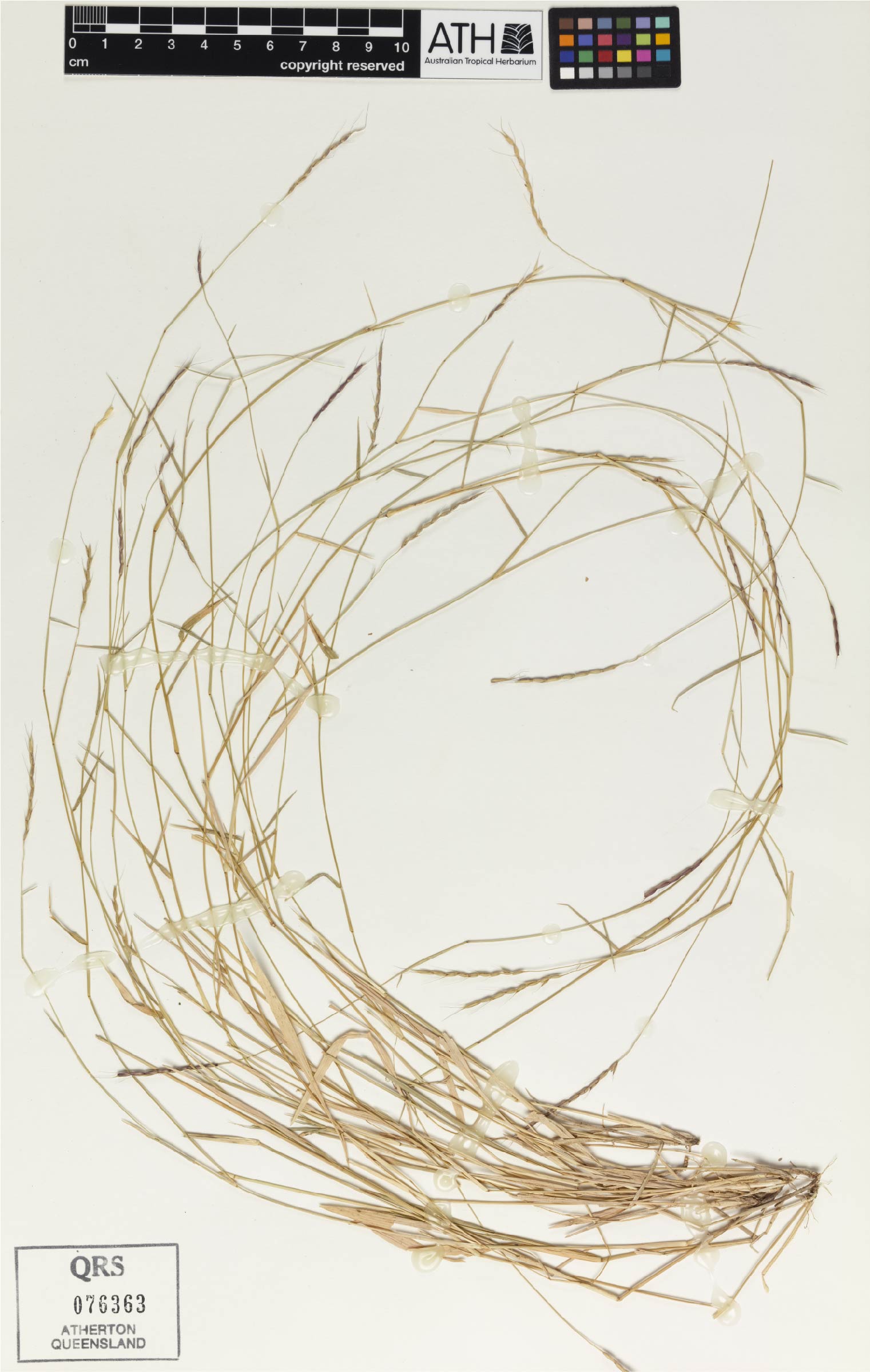
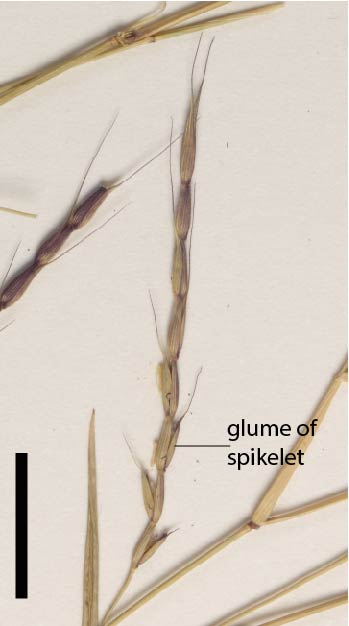
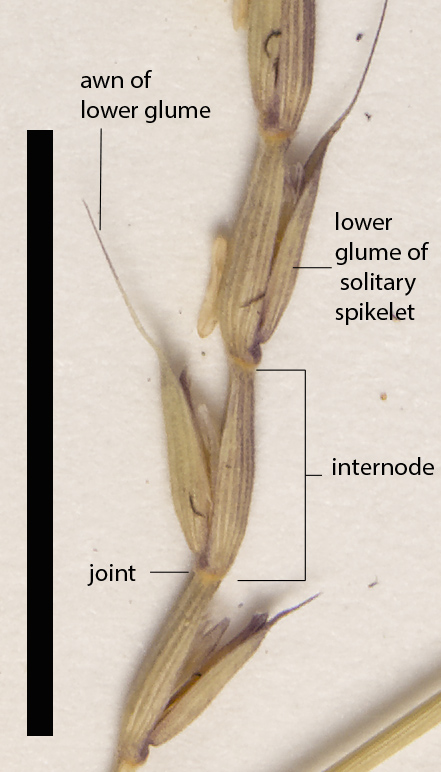
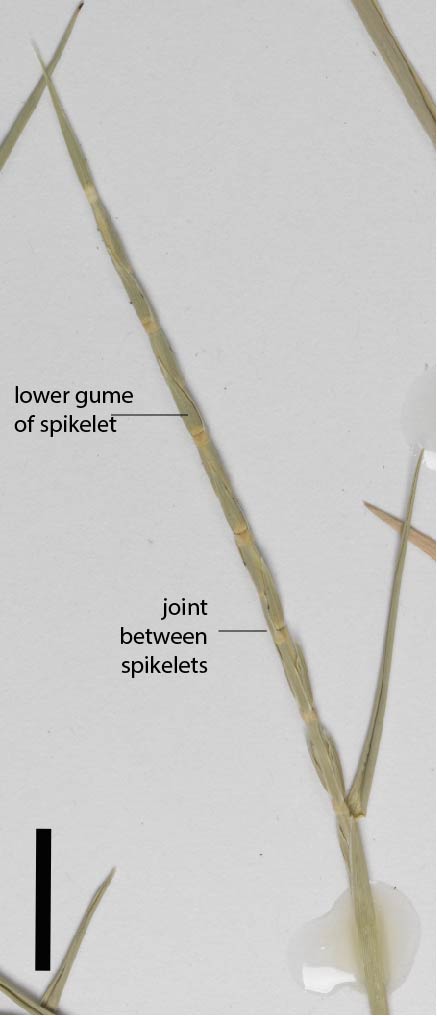
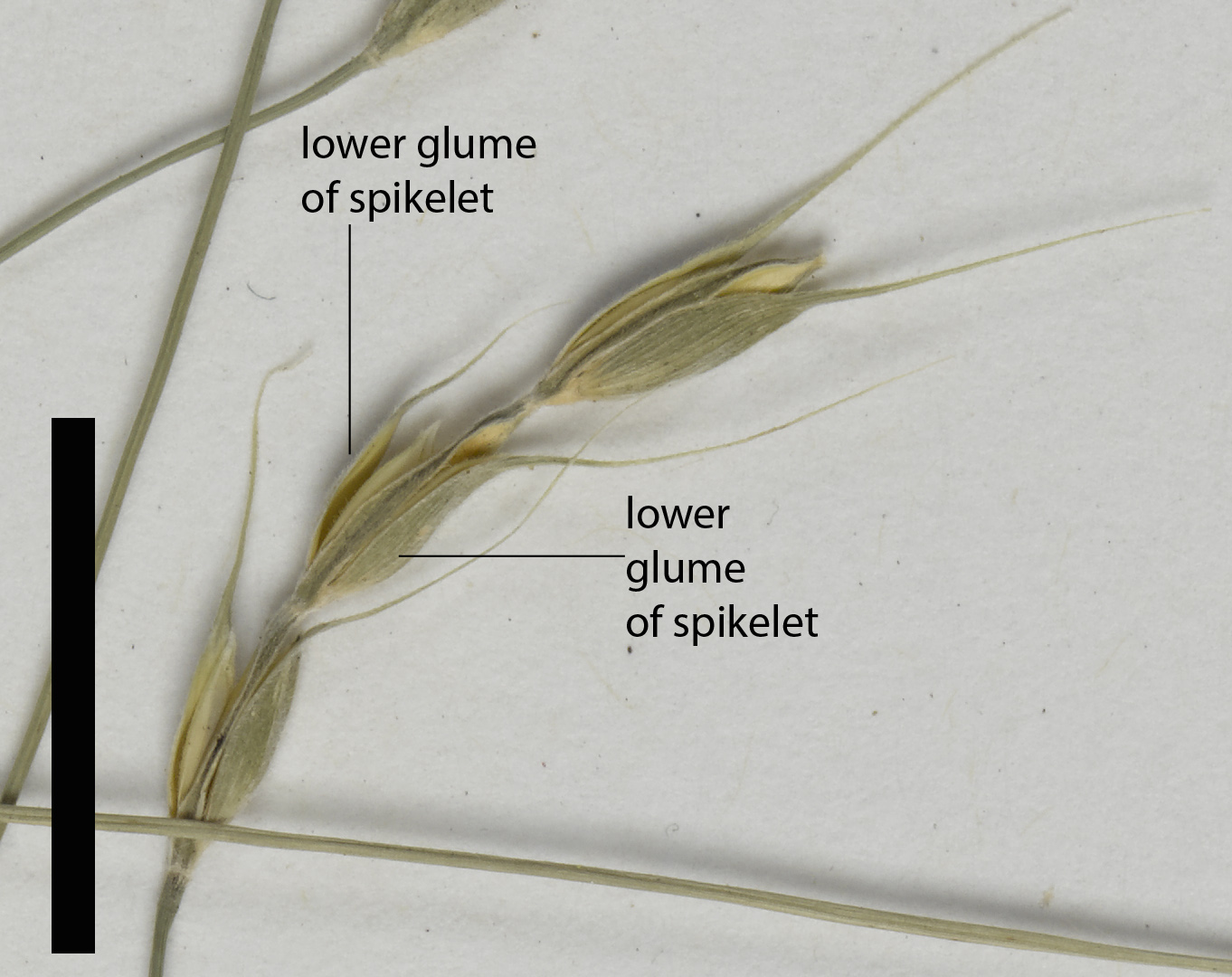
Resources
AVH (2017) Australia’s Virtual Herbarium, Council of Heads of Australasian Herbaria, <http://avh.chah.org.au>, accessed 30 May 2017.
Lazarides, M. & Palmer, J. in Wheeler, J.R. (ed.) (1992) Lepturus. Flora of the Kimberley Region: 1186-1188, Fig. 333D.
Nightingale, M.E., Simon, B.K. & Weiller, C.M. in Mallett, K. (ed.) (2005) Lepturus. Flora of Australia 44B: 421.
Simon, B.K. & Alfonso, Y. (2011) AusGrass2, http://ausgrass2.myspecies.info/ accessed on [date 29 March 2017].

